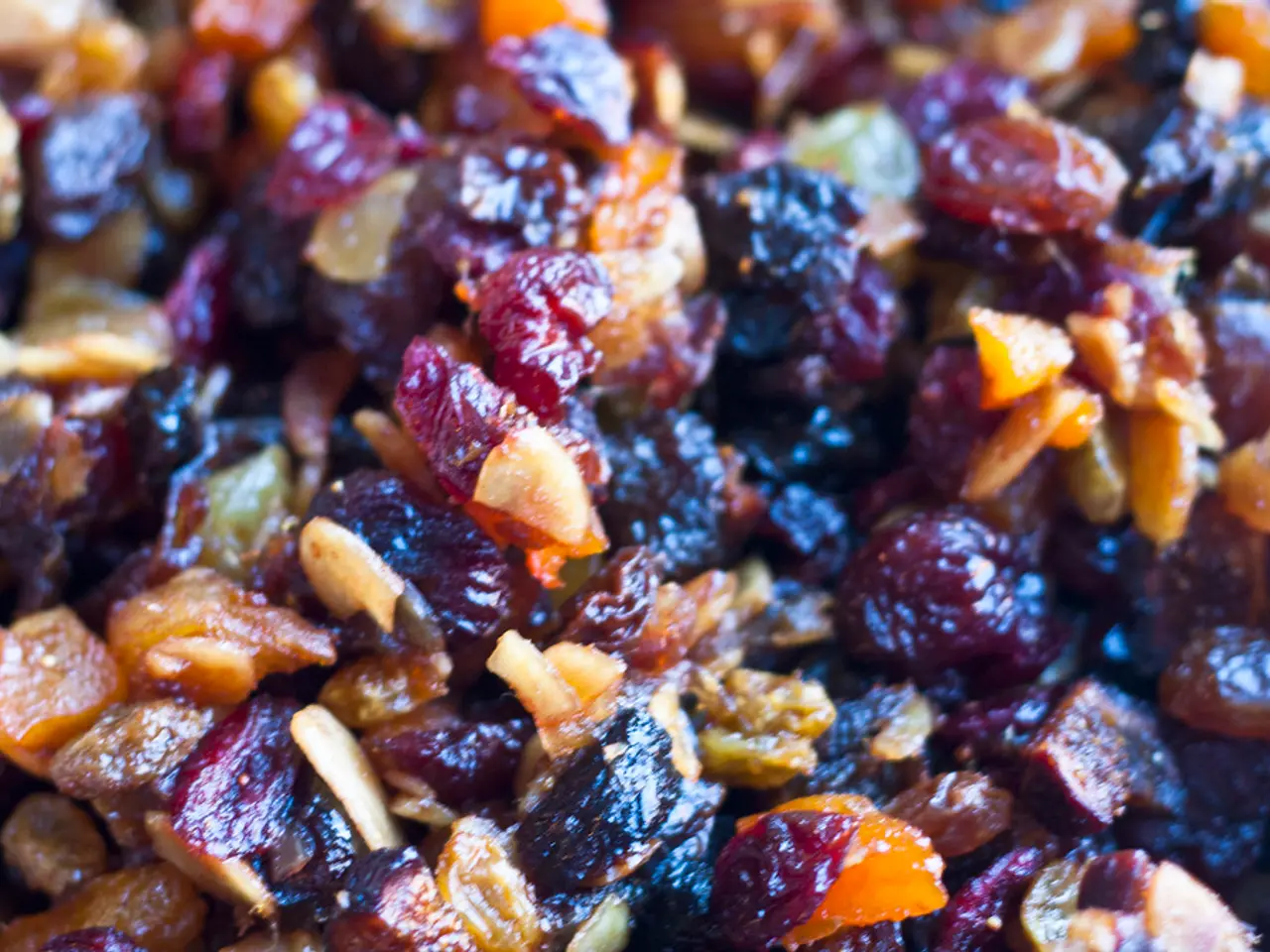Benefits of Adopting a Plant-Based Dietary Habit
In the world of plant-based diets, there are several variations that cater to different dietary needs and ethical considerations. The three main types are vegan, lacto-vegetarian, and lacto-ovo-vegetarian.
A Vegan diet is strictly plant-based, excluding all animal products. This means no meat, poultry, fish, eggs, dairy, or honey. Vegans rely on a variety of plant-based foods such as fruits, vegetables, legumes, nuts, seeds, and whole grains for their nutritional needs.
A Lacto-vegetarian diet, on the other hand, includes dairy products but excludes eggs, meat, fish, and poultry. This diet allows animal products only in the form of dairy, making it a more limited version of the traditional Western diet.
The most inclusive of the three is the Lacto-Ovo-Vegetarian diet. This diet includes both dairy products and eggs but excludes all meat, fish, and poultry.
These distinctions affect dietary planning, nutritional intake, and ethical considerations in each diet. For example, vegans rely solely on plant-based sources for their nutrients, while lacto-ovo vegetarians have more dietary protein and calcium options due to dairy and eggs.
Here is a concise comparison table:
| Diet Type | Includes Meat | Includes Eggs | Includes Dairy | |---------------------|---------------|---------------|----------------| | Vegan | No | No | No | | Lacto-Vegetarian | No | No | Yes | | Lacto-Ovo-Vegetarian| No | Yes | Yes |
A vegetarian diet, regardless of its specific type, can help lower cholesterol and blood pressure levels, reduce calorie intake, and potentially reduce the risk of obesity, heart disease, hypertension, diabetes, and cancer.
Soy is a common non-animal source of protein in vegetarian diets. Tofu made with calcium is a calcium-rich option for vegans. Soy products, such as soybeans, soy milk, tofu, tempeh, soy pasta, and prepared soy products, are additional sources of protein in a vegetarian diet.
Cornmeal products treated with lime (calcium hydroxide), such as corn tortillas, are another calcium source for vegetarians and vegans. Dark, leafy greens, dried legumes (beans), soybeans, and blackstrap molasses are good sources of non-heme iron for vegetarians.
Calcium-fortified nondairy milk alternatives, cereals, and juices are good calcium sources for vegetarians and vegans. Almonds and blackstrap molasses are other calcium-rich choices. Mushrooms are a vegan source of vitamin D, and fortified vegan milks, juices, and cereals are vegan sources of vitamin D.
In conclusion, understanding the differences between vegan, lacto-vegetarian, and lacto-ovo-vegetarian diets is crucial for making informed dietary choices. Each diet has its unique nutritional profile and ethical implications, and it's essential to plan meals accordingly to meet nutritional needs.
A healthy diet can be achieved through various plant-based options, such as vegan, lacto-vegetarian, and lacto-ovo-vegetarian diets, which cater to different dietary needs and ethical considerations. For instance, vegans follow a strict plant-based diet, excluding all animal products, while lacto-ovo-vegetarians include dairy products and eggs but exclude all meat, fish, and poultry.
Properly planning meals for a vegetarian diet, regardless of its specific type, can contribute to lowering cholesterol and blood pressure levels, reducing calorie intake, and potentially reducing the risk of obesity, heart disease, hypertension, diabetes, and cancer.
To maintain a balanced and healthy diet, vegetarians and vegans should consider diverse plant-based sources of protein, like soy, lime-treated cornmeal products, dark, leafy greens, dried legumes, soybeans, and blackstrap molasses. Additionally, calcium-fortified nondairy milk alternatives, cereals, and juices, almonds, and blackstrap molasses can provide essential calcium, while mushrooms and fortified vegan foods serve as vegan sources of vitamin D.




